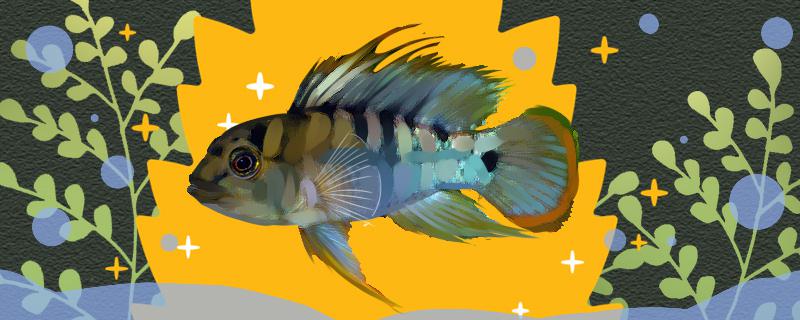Water quality: Inca bream is suitable for growing in a weak acid environment. During curing, the pH value of water shall be adjusted between 5.2 and 5.8, and the hardness of water shall be adjusted between 4 and 10. Water temperature: It is native to South America and is suitable for growing in a warm environment. During curing, in order to make it grow healthily, the temperature should be kept between 25 and 29 degrees Celsius. Feeding: They like to eat animal feed. During maintenance, the shrimp can be fed with frozen shrimp.

The vitality
of Inca bream is relatively strong, they rarely get sick, but they will have a process of adaptation to the new environment, so it will be difficult to raise them for the first time. Because they used to grow in a water environment with a thick peat layer at the bottom of the water and a large number of fallen leaves and dead wood, in order to make them adapt to the new growth environment more quickly, it is necessary to put some dead wood and fallen leaves in the water tank, and install filters and air pumps to ensure the cleanliness of the water quality, which is also more conducive to their healthy growth. 2. How to raise
Inca bream? 1. Water quality: The weak acidic water environment is more suitable for Inca bream. During the period of artificial feeding, the pH value of the water can be kept between 5.2 and 5.8, and the hardness of the water can be kept between 4 and 10, which is beneficial to their growth. In addition, it is necessary to change the water regularly to ensure the cleanliness of the water quality, which is also more conducive to their health.
2. Water temperature: They are sensitive to changes in water temperature and need to be raised in a warm environment. During the maintenance period, the water temperature should be kept between 25-29 ℃, and the stability of the water temperature should be maintained, otherwise it is not conducive to their growth.
3. Feeding: They like to eat active bait. During the maintenance period, it can be fed with some frozen shrimp, as well as some red worms or nematodes.
 The vitality
The vitality